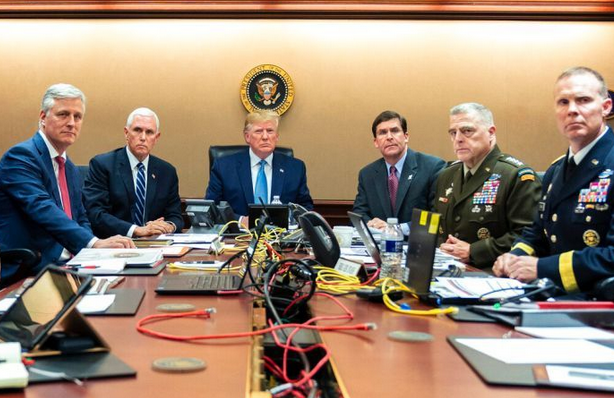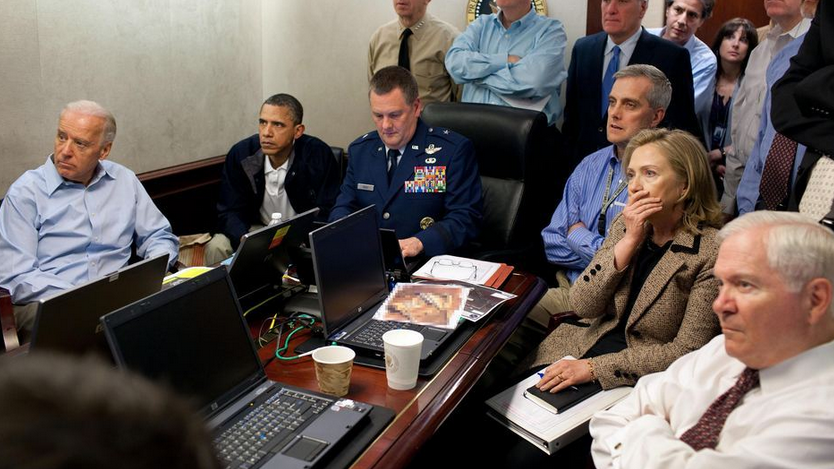
It has long been the case that reporters craft their contributions to the sum of human knowledge with a “style book” by the keyboard, or at least in the top drawer. All news organisations have them, each different in their own ways and some extraordinarily picayune. In the US, for example, Associated Press only recently dropped its long-standing insistence that “teen-age” be hyphenated. Closer to home, a Herald & Weekly Times style edict from the mid-Seventies banned the use of “stories” to describe its newspapers’ content, the logic being that while a story might be fictional, what the Herald and Sun News-Pictorial published every day were fact-filled testaments to truth. Today, the Herald Sun‘s website advises visitors that ‘Stories start here’, which demonstrates how times, language and chief subeditors change over the years. Reporters who don’t like being upbraided by subeditors still pay close attention, trying never to forget such things as the distinction between a ballpoint, which is a pen, and a Biro, which is a tradename and always requires a capital letter.
The ABC has a style book too, one that appears to have undergone some recent revisions.
For instance, take Fran Kelly’s broadcast of May 3, 2011, when she introduced an item on the death of Osama bin Laden by assuring listeners that
Obama won’t want to see this in political terms but it certainly strengthens his hand.
The audio that followed was favourable to the then-president and featured the thoughts of ardent admirer and Washington Post columnist E.J. Dionne, the only slight negative being Ms Kelly’s passing thought that the spectacle of Americans celebrating a mass murderer’s demise might be seen as “triumphalism”.
This morning, when the ABC reported the death of another Islamicist butcher, Abu Bakr al-Baghdadi, it was evident that the national broadcaster’s style book has changed with the president. Where Ms Kelly assured readers that the thought of electoral advantage hadn’t crossed Obama’s mind, current Washington correspondent James Glenday tapped his clairvoyant powers to reveal what President Trump will be saying on the campaign trail, even casting his prediction in the faux first-person:
You know the guy that inspired those terrorist attacks in Europe and those brutal executions that were filmed and broadcast?
Well, we got him. I made sure we got him.
Nor was Glenday stingy with the damning adjectives. Mr Trump was “boastful” and guilty of “inflammatory language”, although just who might be driven to fiery anger at the death of a man who killed many and, at the end, blew himself up in the company of three children was never explained.
By Glenday’s reckoning, Trump also “rambled”, which was to be expected in such a “chaotic” White House. And the ABC man slipped in a little sneer when commenting on the photo reproduced atop this post.
Expect this photo, which the White House says was taken in the situation room, to be wheeled out again and again on the 2020 trail.
Notice the “says”? Not one to be deceived, Glenday isn’t going to believe a word out of the Trump administration, not even a detail so mundane as the location at which a picture was taken. There were no sneers nor doubts, however, when, back in 2011, the ABC happily displayed Obama and Mrs Clinton watching the action in the very same situation room as Osama bin Laden met his end.

Readers curious to see if this post is an uncharitable appraisal of the ABC’s reporting can watch Trump’s announcement and entire 40-plus minute press conference by following this link.
— roger franklin
 Sign In
Sign In 0 Items (
0 Items ( Search
Search







